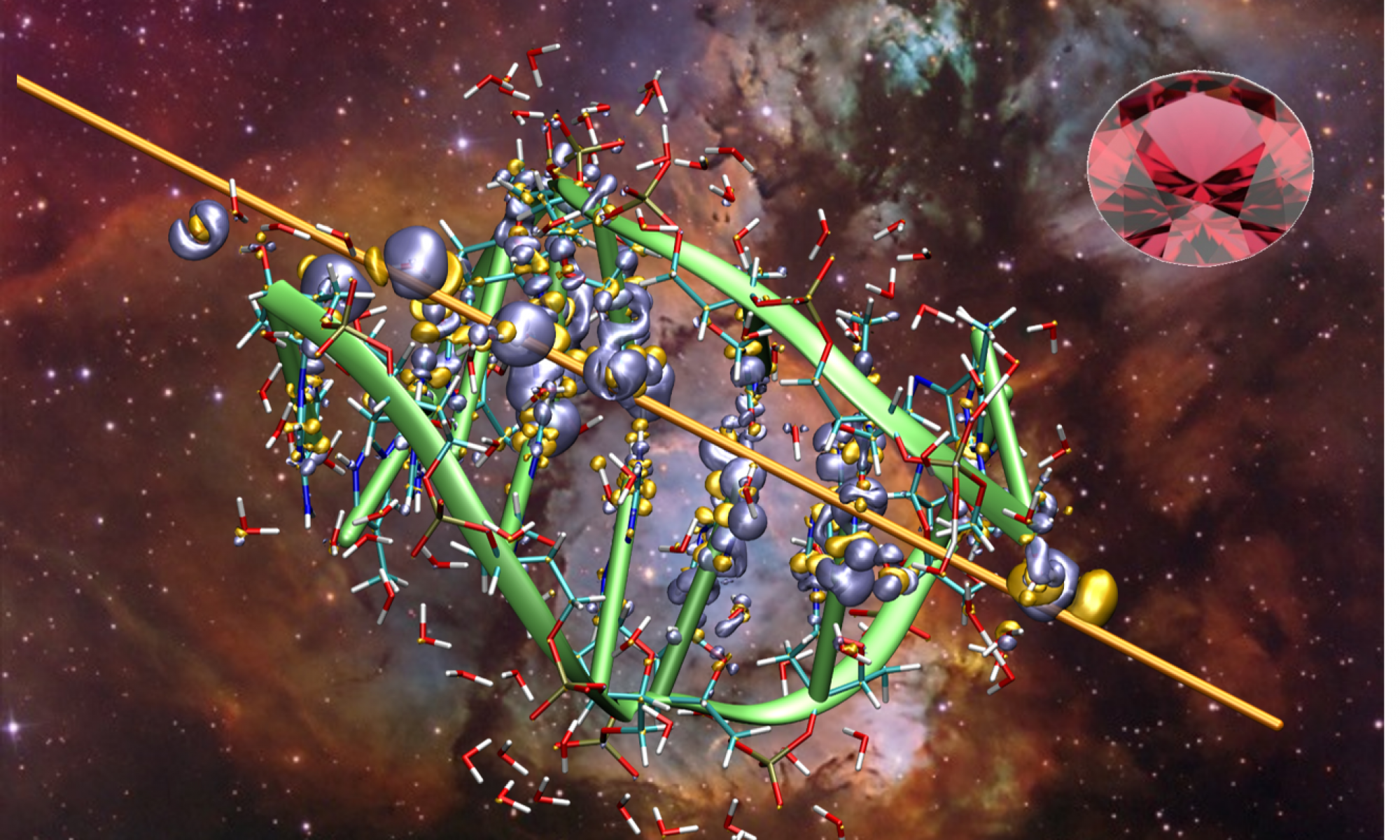First-Principles Simulations of Biological Molecules Subjected to Ionizing Radiation
by Karwan Ali Omar, Karim Hasnaoui and Aurélien de la Lande.
Ionizing rays cause deleterious damage to genomes, proteins and signaling pathways that normally regulate cell activity, with harmful consequences such as accelerated ageing, tumors and cancers, but also with beneficial effects in the context of radiotherapies. They may either be high-energy photons (XUV-rays, X-rays, g-rays) or charged particles (H+, He2+, e–, muons…). While the great pace of research in the XXth century led to the identification of the molecular mechanisms for chemical lesions on the building blocks of biomolecules, the last two decades have brought renewed questioning, for example, regarding the formation of clustered damages or the rich chemistry involving the secondary electrons produced by radiolysis. Radiation chemistry is now meeting attosecond science, providing extraordinary opportunities to unravel the very first stages of biological matter radiolysis. The situation calls for first-principles numerical approaches to simulate the multiscale responses of biological matter subjected to ionizing radiation (IoR) to help and complement the interpretation of experimental data. This review provides an overview of the recent progress made in this direction, focusing mainly on the atto- to femto- to picosecond time scales. We review, in particular, promising applications of Time-Dependent Density Functional Theory to address the first stage of radiolysis in realistic models.
